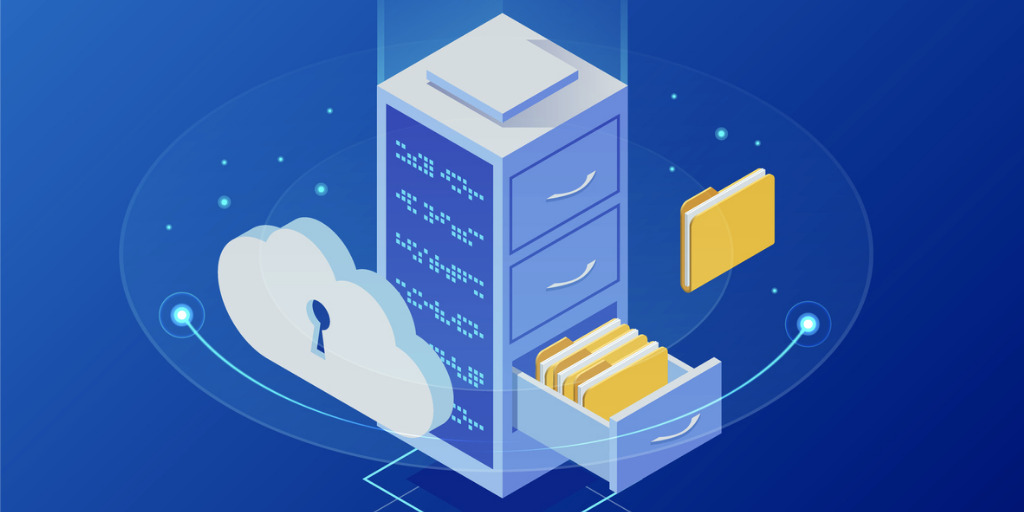Why You Should Be Running Your Oracle Applications On NetApp
When choosing high-performance hardware to host Oracle databases there are dozens of options – so why choose to run your Oracle applications on NetApp? Here are three compelling reasons why NetApp stands out from the crowd. 1. Easy and fast NetApp hardware has been built with the cloud in mind. Extensive Ansible and Kubernetes integration […]
Why You Should Be Running Your Oracle Applications On NetApp Read More »





